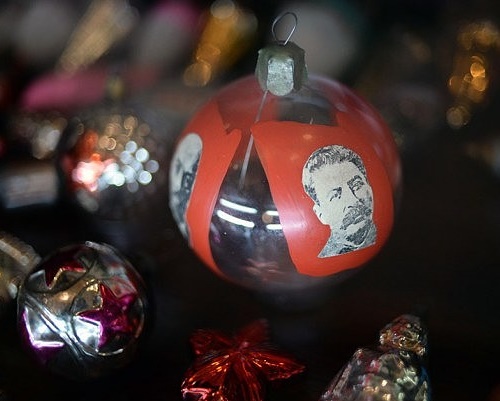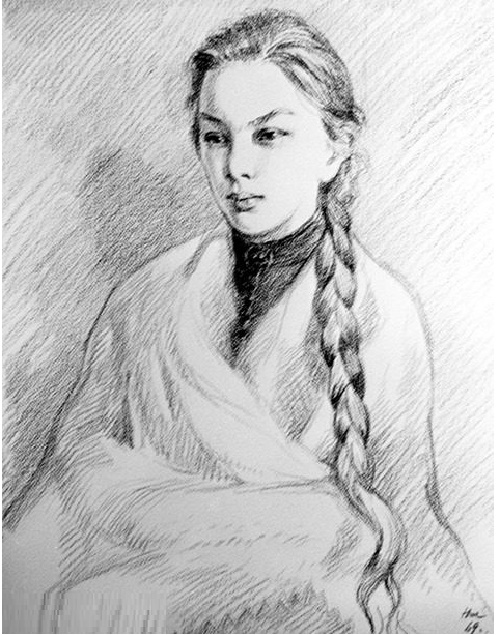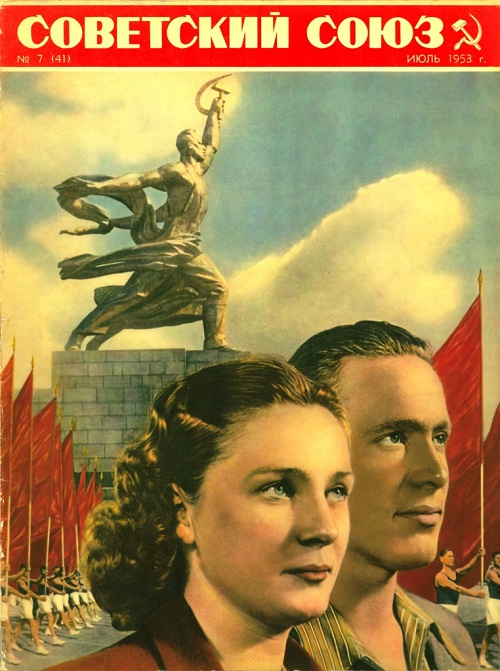1930-1980s Soviet Christmas tree decorations
1930-1980s Soviet Christmas tree decorations
After the Great October Revolution in 1918, the People’s Commissars issued a ban on the celebration of the New Year, as an attribute of the Old World, and on January 1, it was an ordinary working day. However, Christmas tree was put occasionally in some of the houses, and Christmas tree decorations in the USSR were not easy to find. It was during this period appeared fashion on homemade Christmas decorations made from scrap materials.
Fortunately, in 1935, the Christmas tree ban was lifted by government decree! And already in 1936, the significance of the holiday, as a symbol of a new ideology, has been confirmed by a Christmas tree in the Hall of Columns. In addition, began the production of ornaments, including glass balls with pictures of Lenin and Stalin. Besides, the shops flooded with “the Kremlin stars,” pioneers, dogs, poultry, fruits and vegetables, astronauts, Father Frosts and Snow maidens, and so on. Today, it is fashionable to collect Soviet Christmas toys, but they are becoming rare. Christmas decorations of the Soviet period attract the attention of foreign collectors as well, because in the New Year’s toys reflected the history of several generations of the inhabitants of the Soviet Union.
More »






